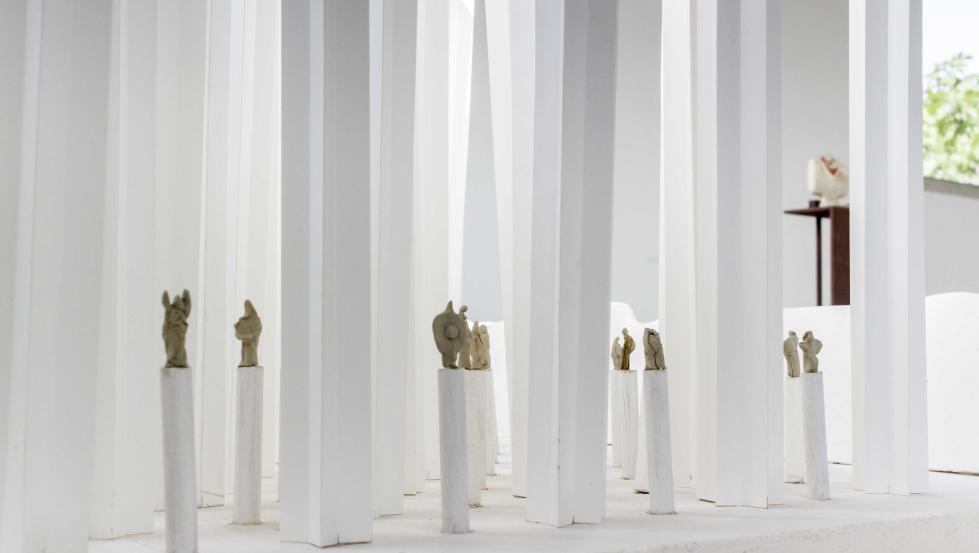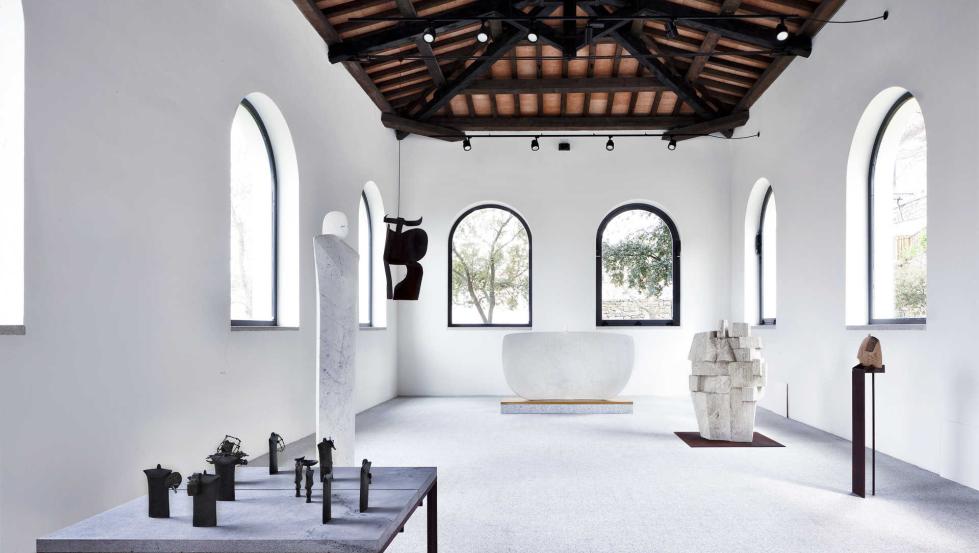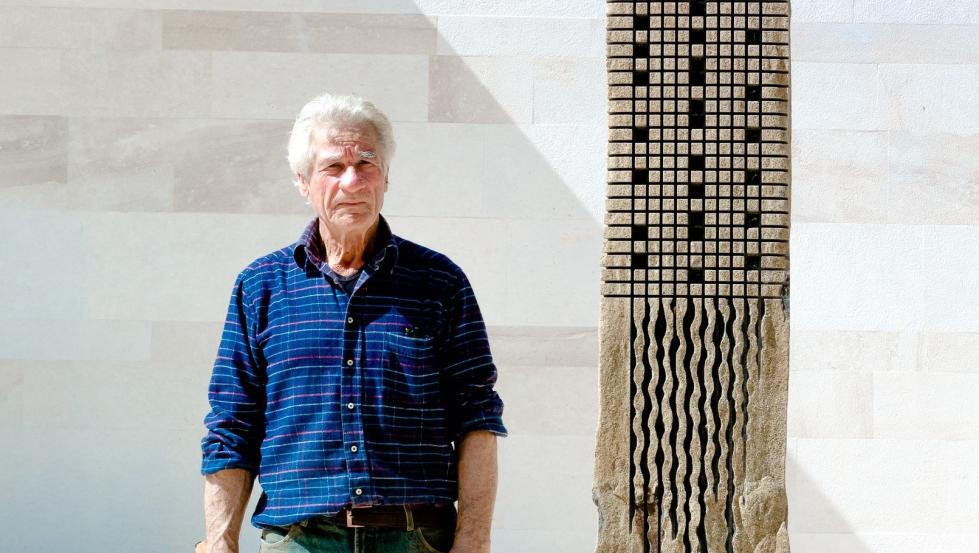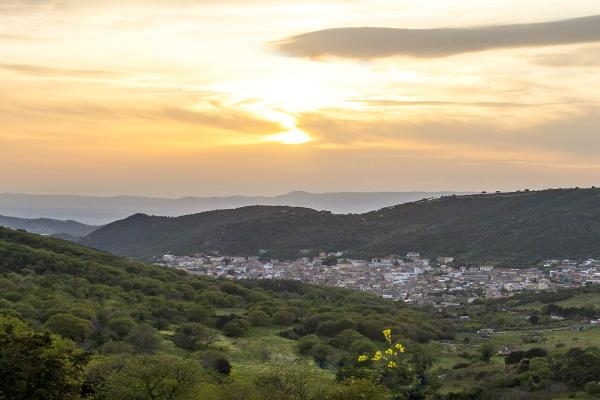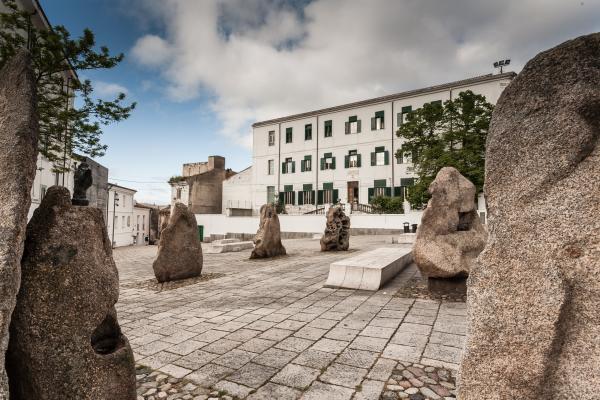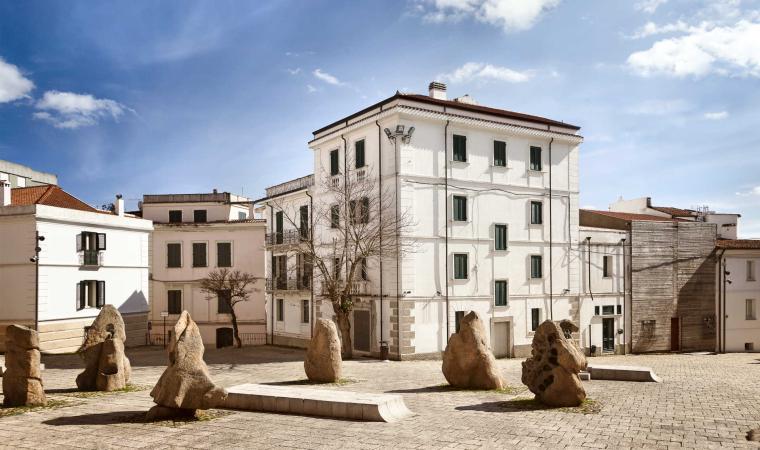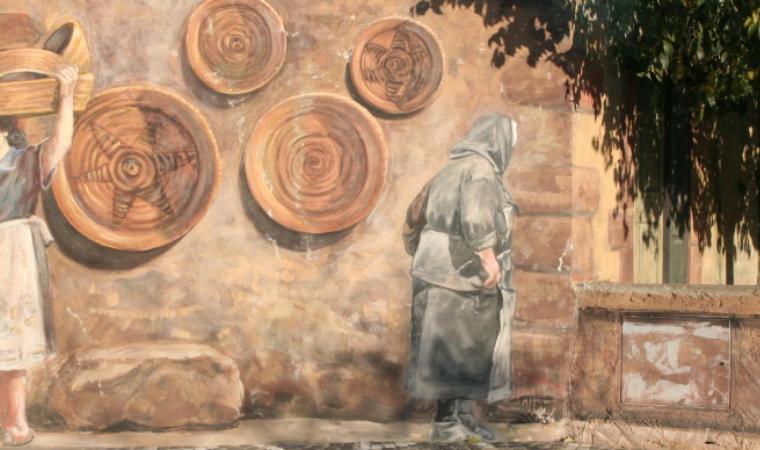
The silent poetry of Sardinian stones speaks in their works, from the prehistoric stones the nuraghi, the domus de Janas, the Tombs of Giants and the holy springs to those of the ancient rocks, witnesses of timeless geological eras and powerful cataclysms. It didn’t take much for Costantino Nivola and Pinuccio Sciola to capture the soul of their Land and the cosmic and material energy imprisoned within it. They have revealed all this in their sculptural works, with extraordinary sensitivity and an ability to summarise cubist, surrealist and primitive artistic tendencies.
They did it with different expressive codes, in the same way that their artistic and personal stories also differ. Nivola’s story is marked by the separation from Barbagia, where he was called Antine. He was soon celebrated as Tino in New York, where he took the archaic world of Sardinia, the pastoral civilization and the archetypal femininity of Mother Earth into the cradle of avantgarde art. This was his emotional and artistic ‘nourishment’ in a foreign land and also a strong passion for that distant Island, where he often returned to experience innovative forms of conceptual art on site.
He often returned to Sardinia, to the village of Orani, where he was born and where his works are on display at the museum named after him, an exhibition with an international flavour that doesn't fear any comparison with other more famous ones, one of those museums that was not unexpected in the superb natural and cultural environment of Barbagia. In Nuoro, he dedicated a square to the poet Sebastiano Satta, consisting of rough granite stones, embodying his personality in small figures. In Cagliari, he placed his monumental Mother Goddess sculptures in the square, pure and simple, but rich in that primitivism that moves beyond the horizons of contemporary art.
These were the years in which Sciola began to cut and drill the stones to release their primordial ‘voice’, the sounds of the fire imprisoned in the basalt and the water within the limestone. He let them be heard for the first time in Berchidda, during the 1996 edition of Time in Jazz, played by the percussionist Pierre Favre and accompanied by the trumpet of Paolo Fresu. Since then, Sciola’s sounding stones have not ceased to communicate, through ancient and sidereal languages, that they are alive and that they preserve the memory, sounds and poetry of Mother Earth.
The famous architect Renzo Piano placed an enormous one of them in the garden of the Parco della Musica auditorium in Rome. The immense poet Jacques Prévert had a sounding stone placed on his grave, perceiving that it was capable of intercepting the voices from ‘other worlds’. A stone from the ‘seme della pace’ (seed of peace) series is in Assisi, on the tomb of St. Francis. If, however, you are planning a full immersion in Sciola’s otherworldly sensitivity, visit the San Sperate museum, with its walls decorated with more than 300 murals. You will walk among his sculptures in the fantastic sound garden and you will have a first-hand experience of a common feeling in Sardinia: the stones are alive and conserve memories.

